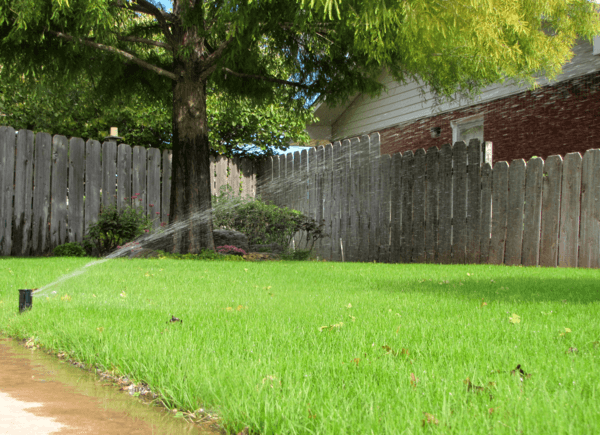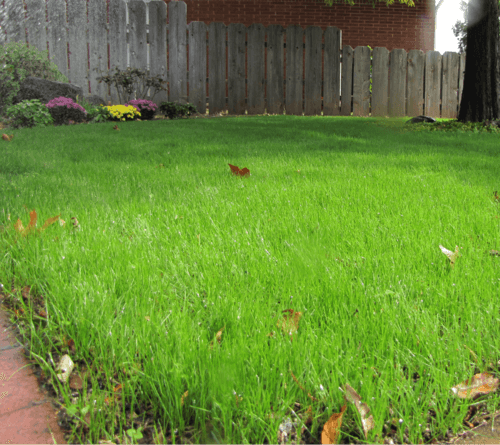A healthy, green yard often requires a year-round commitment to caring for it. The good news is that maintaining your turf does not have to be a daunting task. We’ve created a checklist to help you establish good lawn maintenance habits and get you on your way to a gorgeous landscape:
Early Spring
- Establish a schedule. First things first, take the time to establish a yard maintenance schedule, or if you hire professionals to help maintain your yard, ask for a calendar of upcoming service visits.
- Start with a clean canvas. Clean up any debris from fall and winter – any sticks, brush or leaves should be removed.
- Tune up your equipment. Just like your car, your lawn tools need to be properly maintained so they perform their best. We recommend you start by inspecting all equipment for damaged or missing parts. New oil and fuel are a great start.
Maintenance Tip: A dull blade can lead to an uneven cut and damaged grass blades. Always sharpen your mower blades in the spring for an even, clean cut.
Spring
- Remove thatch (optional). Thatch is a mess of matted grass and other materials on the surface of your lawn. Thick thatch can cause a host of problems for your lawn, including preventing water and other nutrients from soaking into the soil. If your yard has warm-season grass, de-thatch in the spring.
- Aerate the soil. Aeration perforates the top 2-3 inches of the soil in your yard, allowing water, air and other nutrients to reach deeper into your lawn’s soil.
- Seed patchy spots. Shoveling snow, snow blowers or even heavy freezes can cause damage to your lawn in the winter. You’ll want to check your lawn for any bare or thin spots, seeding or patching them for a gorgeous, even landscape come summer.
- Apply pre-emergents (if necessary). If you decided not to reseed this season, determine whether or not you need to apply pre-emergent chemicals. Pre-emergents can be applied to inhibit the growth of new weeds before they even sprout.
- NOTE: If you apply pre-emergents to your lawn, do NOT plant new grass seed as it will not grow.
- Mow. Spring showers don’t just bring May flowers; they also provide your turfgrass with the water it needs to kick-start a period of new growth. To help establish healthy roots and a green color, you’ll want to monitor the length of your turfgrass and begin mowing when it reaches the ideal height for your species of turfgrass.

Summer
- Keep watering. Summer’s heat can easily burn your lawn and dry out your soil. Stick to an infrequent schedule of thoroughly watering your lawn to establish deep, healthy roots.
- Check your mowing height. Mowing your lawn too short (more than ⅓ of the grass blade at a time) can cause issues with water absorption and heat intolerance. Additionally, mowing too frequently can make your lawn more prone to an infestation of weeds or disease.
- Return your grass clippings to your lawn. Grass clippings can help return nutrients to your lawn, lowering the need for chemical fertilizers. If your grass clippings are excessive after mowing, consider switching up your mowing frequency so that your blades are not as long and you’re not cutting large amounts each time.
Irrigation Tip: Water your lawn early in the morning or in the evening to achieve the best rate of absorption.

Fall
- Check for bare or thin spots. Fall’s cooler temperatures offer a great time to seed or patch any bare or thin spots in cool-season grasses.
- Clean up fallen leaves. While fall brings beautiful autumn colors to your landscape, make sure you rake or clean up fallen leaves to prevent your grass from dying.
- Fertilize (if necessary). After the harsh summer heat, your turfgrass system may need some fertilizer to help it thrive. “Feeding” your lawn’s soil with these nutrients will help establish a stronger root base and enable your turf to become more tolerant of winter weather.
Helpful? Check out more Johnston Seed tips and tricks in our resource section.








